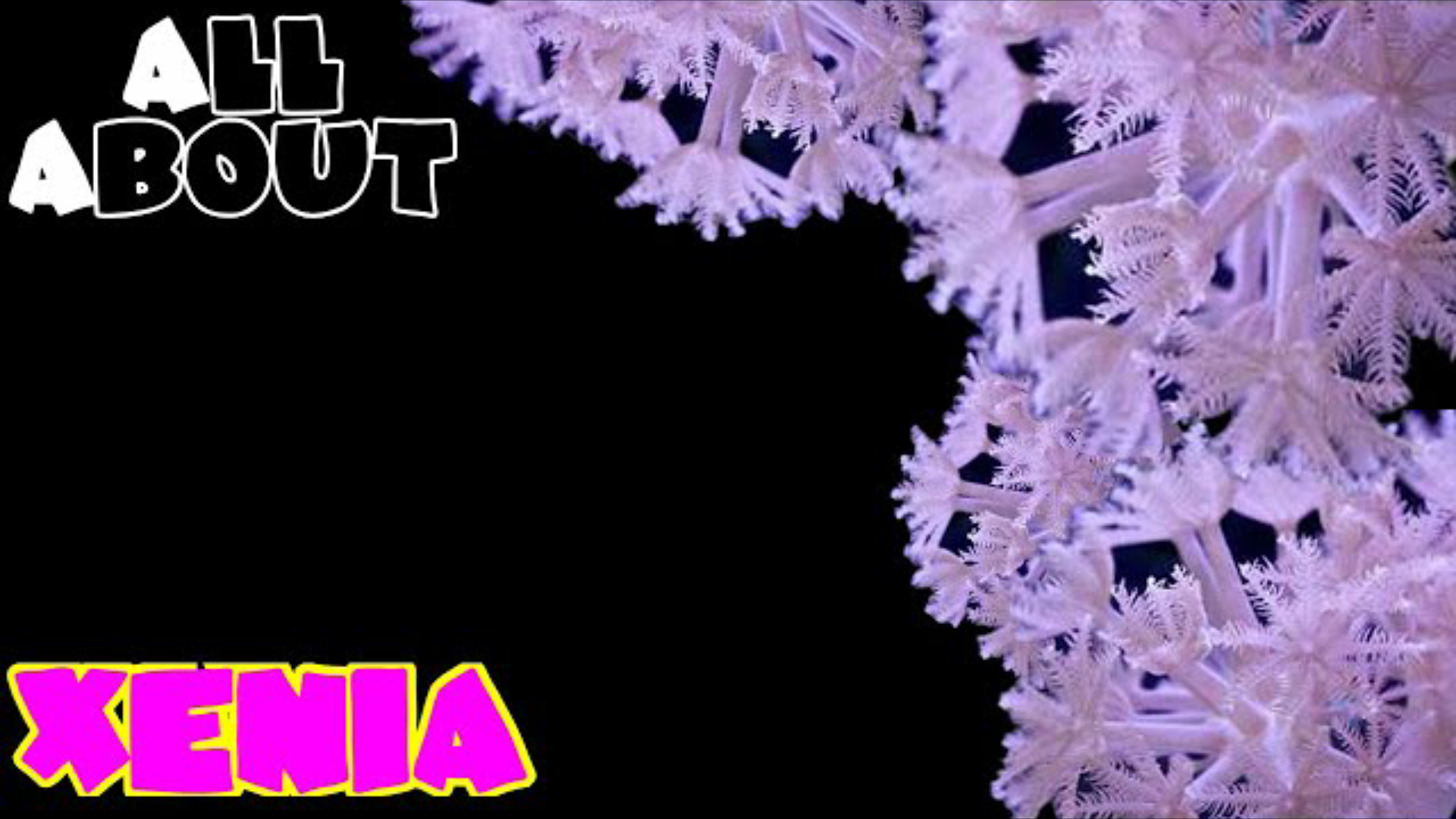Xenia Coral: 8 thing you must know (A complete care guide)
- Feb 11, 2021
- Anshika Mishra
- 7501 0 0

Xenia Coral, also knowns as the Pulsing Xenia Coral, is a photosynthetic soft marine coral gene belonging to the family of Xeniidae. It is a very popular, fast-growing coral. But despite being such a great coral, there is something that you need to know before establishing them in your reef tank, so let's begin:
Xenia Coral
PRICES: You will normally be spending about $30 for a frag of this coral.
CARE LEVEL: Xenia is a very easy, beginner-friendly coral. It is the best fit for people who are willing to start with soft corals. They grow crazy-fast, which is why they can take over the entire reef tank, and that is what most beginners look for.
ORIGIN: They come from Indonesia and the great barrier reef, but nowadays, most of these corals you find in the market would be aquaculture which is actually good because aquaculture corals will be a lot harder, and they tend to how much faster.
1. Water Parameters
TEMPERATURE: The best temperature to keep this coral would be 72-78 degrees Fahrenheit. Please keep the temperature of your tank stable at 78-degrees, as these corals prefer a bit of warmer water.
dKH: 8-12
pH: 8.1-8.4
SALINITY: 1.023-1.025
2. COLORS
The most popular color of these corals in the market is purple. You can also find some with a little bit more pink or blue color on them, while some of the rarest ones to see will have a white and brown-colored body. But since purple is not a very common color in corals, it looks great in the reef tank.
3. Diet
These corals get most of their nutrition from photosynthesis, i.e., mostly feeding on the light. But it is really advised to feed them some other food if you want them to grow faster. So you can feed them some liquid food now and then.
4. Venomous
No, these are not venomous corals. If they grow next to some other coral, they will not be stinging them. But you should know that they will outcompete other corals and will cover up the areas around them. So if you have a lot of Zoas and you have assigned a rock to it, most of the time, Xenia will cover the rock faster than your other Zoas.
These corals can also grow on top of corals too, so it can also cause a disturbance with your corals. So, make sure that whenever you get Xenia, establish it at a spot when it can take over without hurting other corals in the reef tank.
5. Placement
You can put your Xeina coral pretty much anywhere. You should know that these corals like moderate to lower lightning, so if you do have a very bright tank, it is good to place them towards the lower part of the tank or near darker places.
6. Current
It is recommended to keep these corals in a low to medium current. These corals like to do this really nice swinging movement that makes them prettier even without current.
You can actually tell if they like the current or not because if they don't like the current, they will shrink up to form a ball, and that way, you will know they don't love their spot.
7. Colonial Corals
This is colonial coral. They will spread their mat over the rockwork with their polyps opening and closing all the time. Whenever you see them, you will notice that they will keep popping up with new frags, which will further grow into a full Xenia.
8. Fragging Xenia Corals
Fragging Xenia corals is pretty simple. You will not be causing any stress to the coral. Just put tiny rocks around the full-grown coral. When it gets used-to to the tank, it will start to spread out, and it will expand to those tiny rocks in the vicinity. Then you can grab that rock out, and you will have a new frag of Xenia.
The other way to do it is to cut these if you have really sharp scissors. You can cut the very bottom of the soft coral where it meets the rock, and once you have done that, you can and glue that to little frag rock with some coral glue.







About author